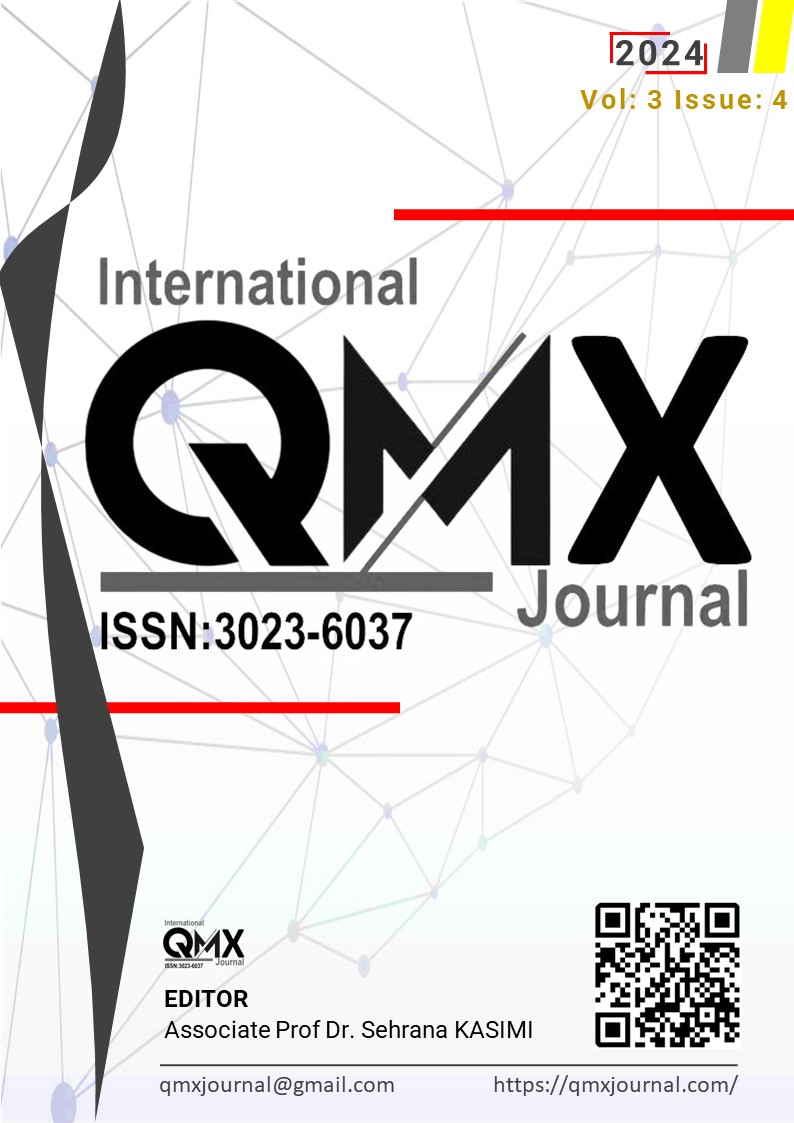Author :
Abstract
Bu araştırmada Nizamülmülk’ün Hayatı Ve Nizamiye Medreselerinin kuruluşu, işleyişi, mali yapısı, akademik yapısı, birbirleriyle sosyal iletişimde olması konularının incelenmesi amaçlanmıştır. Doküman analizi şeklinde gerçekleştirilmiştir. Nizamiye Medreseleri, Müslüman eğitim tarihi, çeşitli eğitim merkezlerinin geliştiği yeni bir döneme girmiştir. Bu, İslam'da devlet adamlarının genellikle tek bir hukuk okuluna ait olan yeni sistematik kuruma özel bir bütçe ayırdığı üniversite çağı olmuştur. Müslüman eğitim sistemindeki bu gelişme, erken Selçuklu hanedanlığı dönemindeki ekonomik refahı göstermektedir. Ayrıca, Müslüman toplumdaki sosyo-politik değişiklikler yetkililerin dini çalışmalara yönelik politikalarını değiştirmesine yol açmıştır. Vakıf sistemini, yeni eğitim örgütlenmesinde ilk biçimini ortaya konulduğu model olmuştur. Nizâmiye medreselerinin idari sistemi, mali sistemi ve akademik yapısı medrese bünyesinde farklı örgütlenmeleri uygulamayı başarmıştır. Kütüphane ve cami teşkilatları faaliyetlerine devam etmiştir. Nizamiye mezheplerinin tamamı aynı idari sistemi uygulamış olmasına rağmen Şafii mezhebine yönelik din ve devlet adamı yetiştirme alt yapısını kullanmıştır. Selçuklu İmparatorluğu'nun geniş topraklarında güçlü sosyal ağlar kurulmuştur. Farklı Nizamiye'nin profesörleri arasında etkili iletişimler oluşmuştur. Öğrenciler ve profesörler arasındaki ilişki dinamik olup Nizamiye okulları arasındaki sosyal ağ çalışmaları lisansüstü öğrencilerde de ortaya çıkmıştır. Nizamiye, medreseyi topluma bağlayan, fakihlerin iletişimini güçlendiren, çeşitli merkezlerin birbirine bağlanmasına zemin hazırlayan çeşitli faaliyetler yaratmayı da başarmıştır.
Keywords
Abstract
In this research, it is aimed to examine the Life of Nizamülmülk and the establishment, functioning, financial structure, academic structure and social communication of Nizamiye Madrasahs. It was carried out in the form of document analysis. Nizamiye Madrasahs, the history of Muslim education entered a new era in which various educational centers developed. This became the university era in Islam, when statesmen allocated a special budget to the new systematic institution, usually belonging to a single law school. This development in the Muslim education system demonstrates the economic prosperity during the early Seljuk dynasty. Additionally, socio-political changes in the Muslim society have led authorities to change their policies towards religious studies. The foundation system was the model in which the first form of the new educational organization was put forward. The administrative system, financial system and academic structure of Nizamiye madrasahs have managed to implement different organizations within the madrasah. Library and mosque organizations continued their activities. Although all Nizamiye sects applied the same administrative system, they used the infrastructure of training clergy and statesmen for the Shafii sect. Strong social networks were established in the vast territory of the Seljuk Empire. Effective communications have been established between professors of different Nizamiye. The relationship between students and professors is dynamic, and social network studies among Nizamiye schools have also emerged among graduate students. Nizamiye has also succeeded in creating various activities that connect the madrasa to the society, strengthen the communication of jurists, and pave the way for the connection of various centers to each other.





